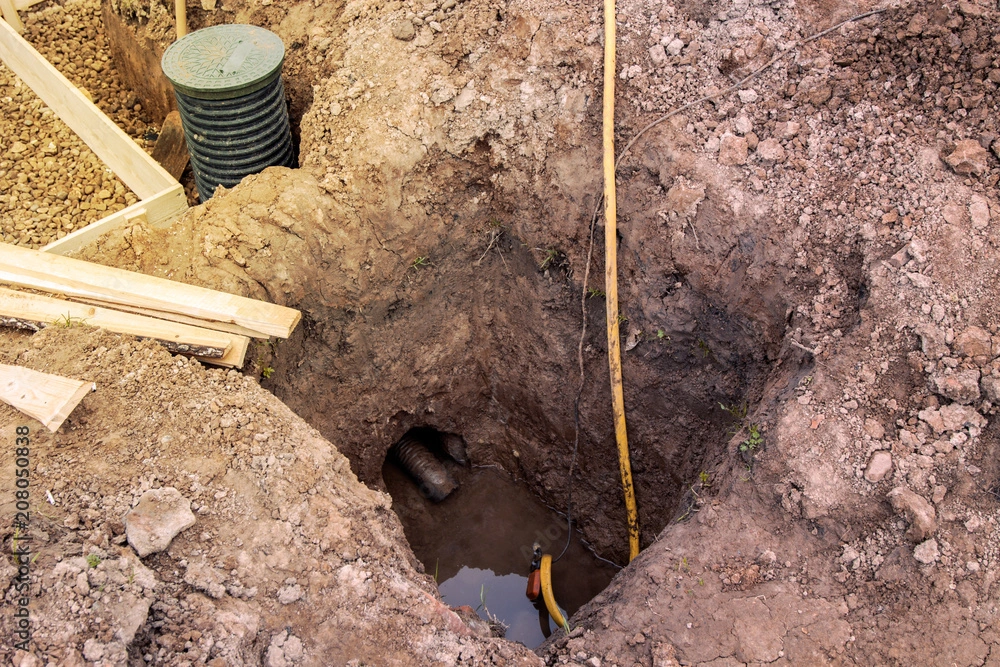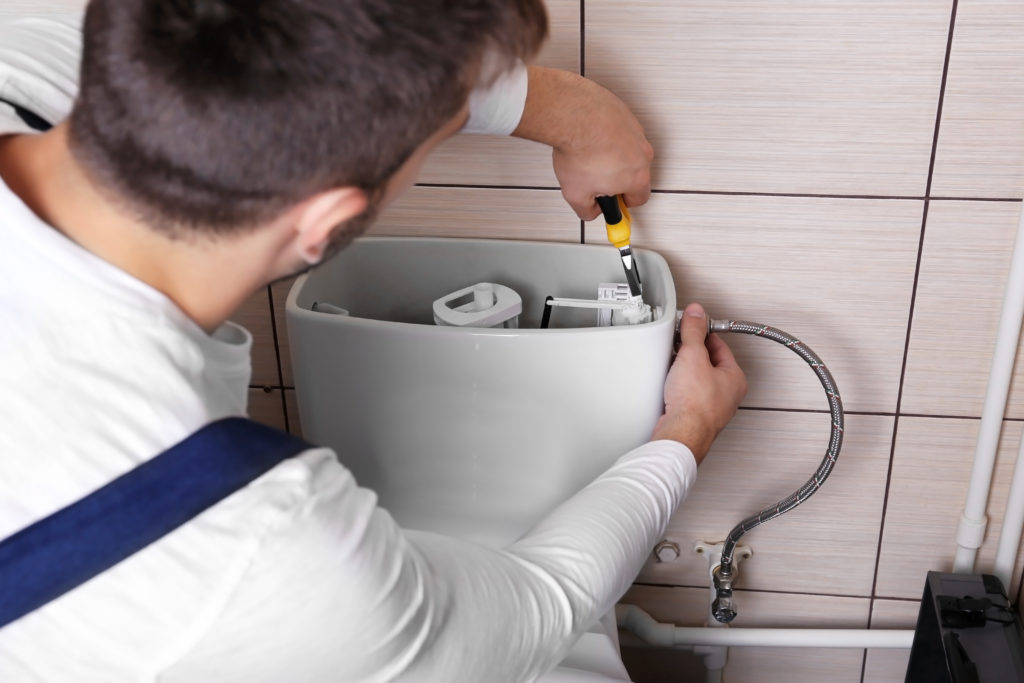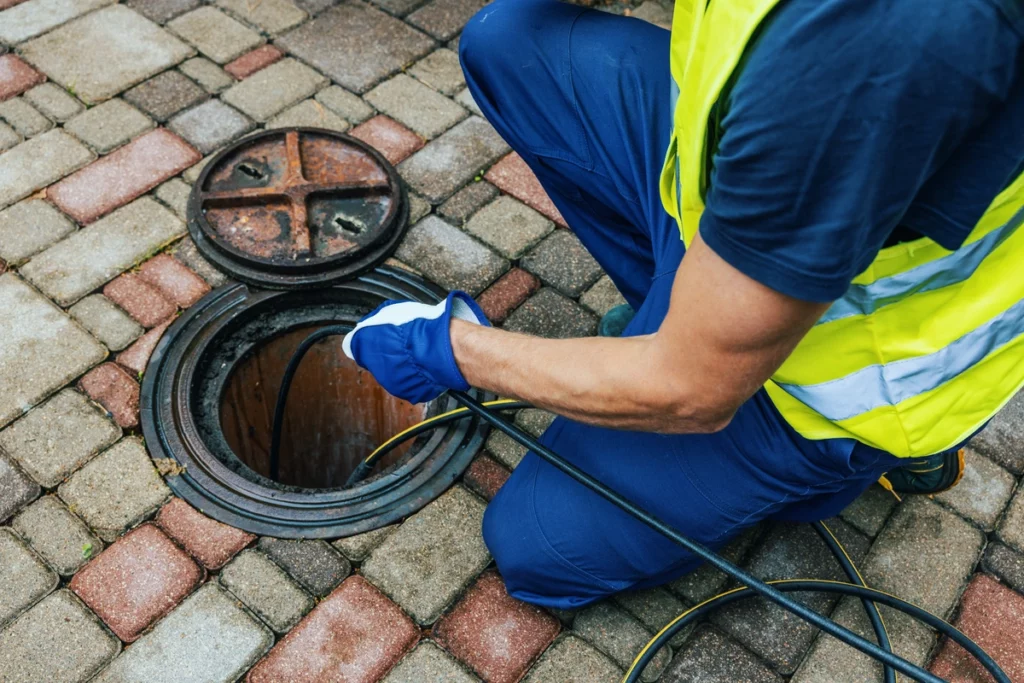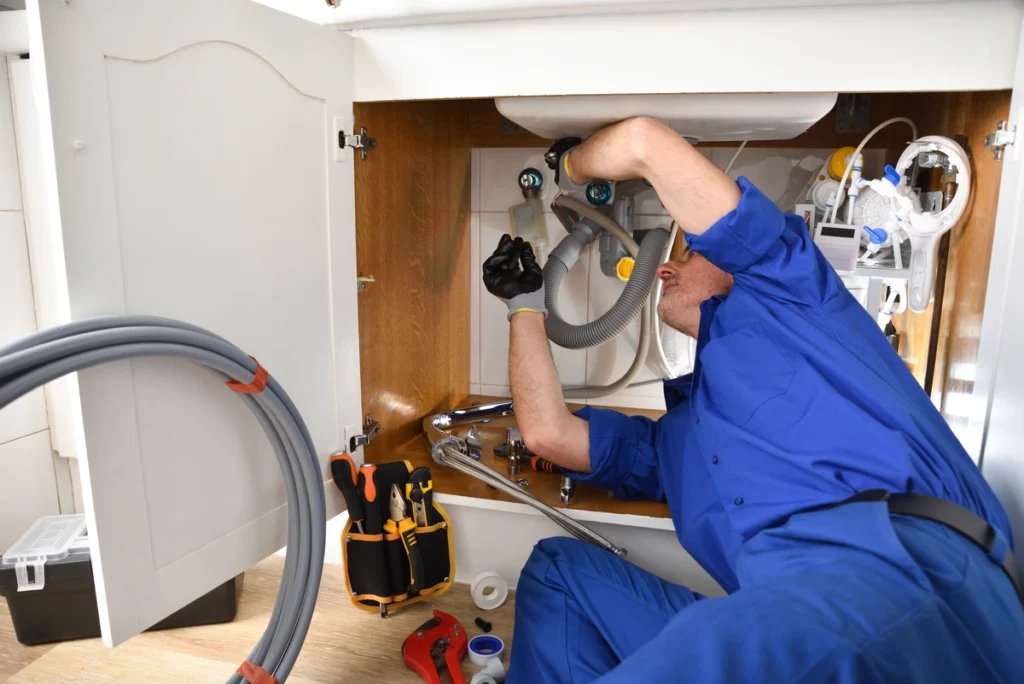If you’re fortunate enough to have a sump pump in your basement, you probably already know how crucial it is for keeping your home dry and free from water damage. Basically, a sump pump is considered a homeowner’s best friend when it comes to combating water-related woes.
But here’s the thing: Like all mechanical devices, sump pumps have a limited lifespan, and knowing when to replace them is vital–which begs the question… ”When should you replace a sump pump?”
What’s inside this article:
- The basic elements of a sump pump
- 6 signs that tell you it’s time to replace sump pump
- What to look for when choosing a new sump pump
Keep scrolling to learn the ins and outs of the best time to replace your sump pump.
Understanding the Basics of Sump Pumps 🙋 ✅
Before we get into the nitty-gritty of when to replace a sump pump, let’s quickly review the basics. A sump pump is a device typically installed in your basement or crawl space.
Its primary job is to pump excess water that accumulates in a designated sump pit away from your home’s foundation, preventing flooding and water damage. By continuously removing the excess water, the sump pump prevents the sump pit from overflowing and flooding your basement. It’s like having a dedicated bouncer at the door of your basement, making sure water stays out.
Now, let’s explore those telltale signs that your trusty sump pump might be reaching the end of its useful life.
6 Signs That It’s Time to Say Goodbye to Your Old Sump Pump 👋 🕰️
We want to make sure you’re well equipped to recognize when it’s time to start looking for a new sump pump to defend water from infiltrating your home.
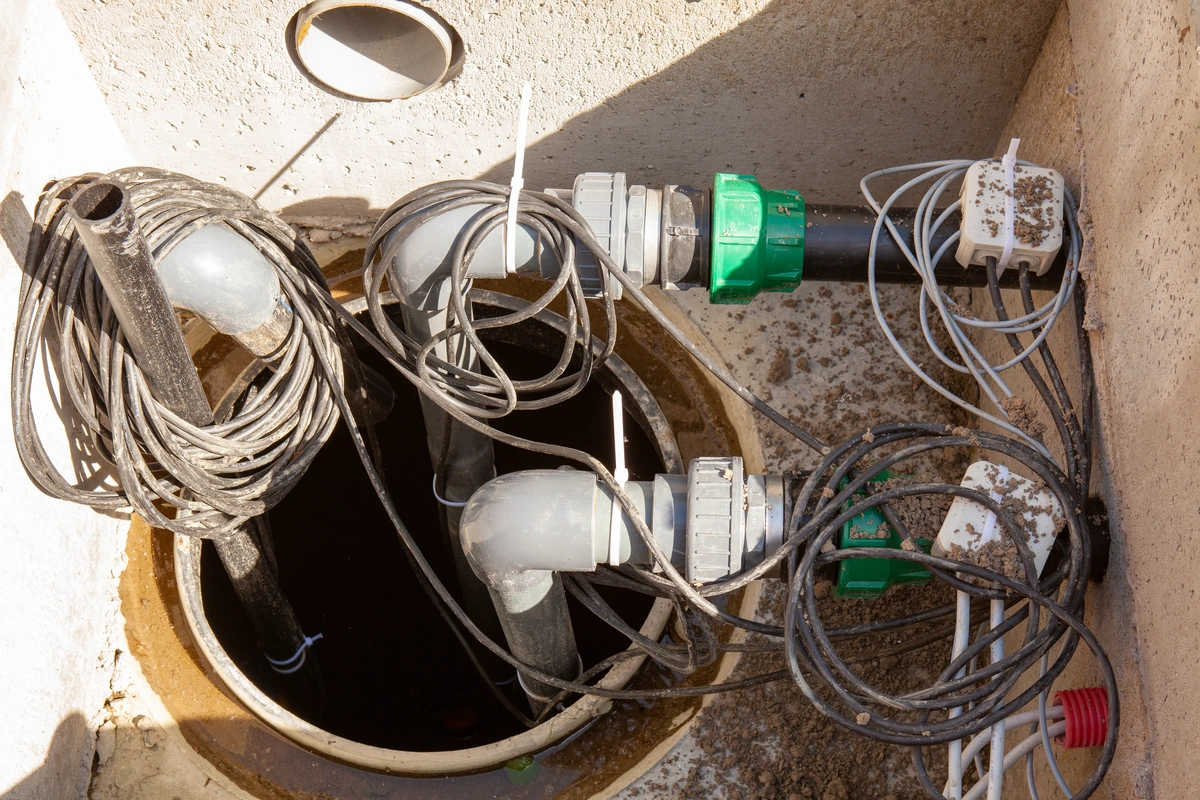
Below you’ll find 6 clear signs that your sump pump is getting ready to peace out. ✌️
1. Age Matters
Like any piece of machinery, sump pumps have a limited lifespan. On average, they can last anywhere from 5 to 15 years. If your pump is pushing the upper end of that range or beyond, it might be time to start considering a replacement.
2. Frequent Operation
If your sump pump seems to be running continuously or far more often than it used to, it’s a clear sign that it’s struggling to keep up with the water infiltration. This increased workload can lead to burnout and decreased effectiveness.
3. Strange Noises
Unusual sounds, such as grinding, rattling, or loud vibrations, are often a sign that the internal components of your sump pump are wearing out or damaged. When the pump’s internal components are compromised, its ability to efficiently remove water from the sump pit may be diminished. This can result in decreased performance and potentially leave your basement vulnerable to water infiltration during heavy rains.
Ignoring these noises can increase the risk of sump pump failure. If left unaddressed, a failing sump pump may not activate when needed, potentially leading to basement flooding and water damage.
4. Visible Rust or Corrosion
Rust and corrosion on the pump’s external or internal components are red flags. Not only do they suggest age and wear, but they can also compromise the pump’s functionality and reliability.
5. Frequent Clogs
If your sump pump frequently gets clogged with debris, it’s a sign that it might not be working as efficiently as it should. Continuous clogging can cause damage to the pump and impede its ability to keep your basement dry.
6. Water in the Basement
Discovering water in your basement is perhaps the most obvious and distressing sign that your sump pump needs attention pronto. This is because it’s a crystal-clear indication that your sump pump either isn’t working at all, is overwhelmed by the volume of water, or is experiencing a malfunction that prevents it from effectively pumping water out of the sump pit.
5 Things to Do When It’s Time to Replace Your Sump Pump 🛠️ 🔄
So, you’ve spotted some of these signs, and you’re wondering if it’s time to replace your sump pump.
We’ve provided a breakdown of the steps to follow below.
1. Assess the Age
Start by checking the manufacturer’s documentation or records to determine the age of your sump pump. If it’s within the 5 to 15-year range, it’s worth considering replacement, especially if you’ve noticed other warning signs.
2. Examine the Pump
Perform a thorough visual inspection of your sump pump. Look for rust, corrosion, or visible damage to the pump housing or any of its components. Rust and corrosion can result from various factors, including prolonged exposure to moisture, humidity, or high water levels in the sump pit. It’s also common in older sump pumps that have been in service for many years. If you find any, it’s a strong indicator that replacement is imminent.

3. Listen Closely
Turn on your sump pump and listen for any unusual noises. Grinding, clanking, or rattling sounds are often signs of internal wear and tear. If you hear these noises, it’s time to start shopping for a new pump.
- Grinding noises: These typically resemble harsh, abrasive sounds, akin to metal-on-metal contact or continuous scraping. These noises may be low-pitched or high-pitched.
- Clanking noises: These often manifest as sharp, metallic sounds, as if something hard is striking against another surface within the pump.
- Rattling sounds: These are characterized by a series of rapid, irregular, and sharp noises. They can resemble the sound of something loose or vibrating within the pump.
4. Monitor Its Performance
Keep a close eye on how your sump pump performs during heavy rains or when water levels rise. If it struggles to keep your basement dry or operates continuously without effectively removing water, it’s a clear sign that it’s not working as it should.
5. Talk With a Pro
When in doubt, consult a sump pump professional or a qualified plumber. Sump pump professionals and qualified plumbers have extensive experience working with sump pump systems. They are well-versed in the various types and models of sump pumps, their components, and their typical issues. This experience allows them to quickly identify potential problems and assess the overall condition of your pump.
Choosing a New Sump Pump 🤔💧
If you’ve determined that it’s time to replace your sump pump, the next step is selecting a new one.
Below are a few key factors to consider.
- Pump Type: There are two primary types of sump pumps: submersible and pedestal. Submersible pumps are placed directly in the sump pit and are generally more efficient but pricier. Pedestal pumps are less expensive and easier to maintain but may be less efficient.
- Pump Capacity: Consider the horsepower (HP) and capacity (measured in gallons per hour, GPH) of the new pump. Choose one that matches the specific needs of your basement and the potential water volume you expect to encounter.
- Battery Backup: Investing in a sump pump with a battery backup system can provide added security during power outages, ensuring your basement remains protected even when the electricity goes out.
- Quality + Brand: Stick with reputable brands and high-quality models. A reliable sump pump is an investment in the protection of your home.
- Professional Installation: While some homeowners opt for a DIY installation, it’s often best to have your new sump pump professionally installed. A qualified technician can ensure it’s set up correctly for optimal performance.
Your Home’s Best Water Defender 🛡️ 💪
Your sump pump is your home’s silent defender against the potentially devastating effects of water infiltration. Knowing when to replace it and choosing a reliable replacement is essential for maintaining a dry and protected basement.
Keep a watchful eye on your sump pump’s performance, listen to the warning signs, and don’t hesitate to seek professional guidance when needed. With a well-maintained and up-to-date sump pump, you can rest easy, knowing that your home is ready to face whatever Mother Nature throws its way.
To stay ahead of the water game, contact A.J. Alberts to make sure your sump pump isn’t getting ready to let you down. Our plumbing pros will ensure your sump pump is in top-notch shape and equipped to defend your home.

